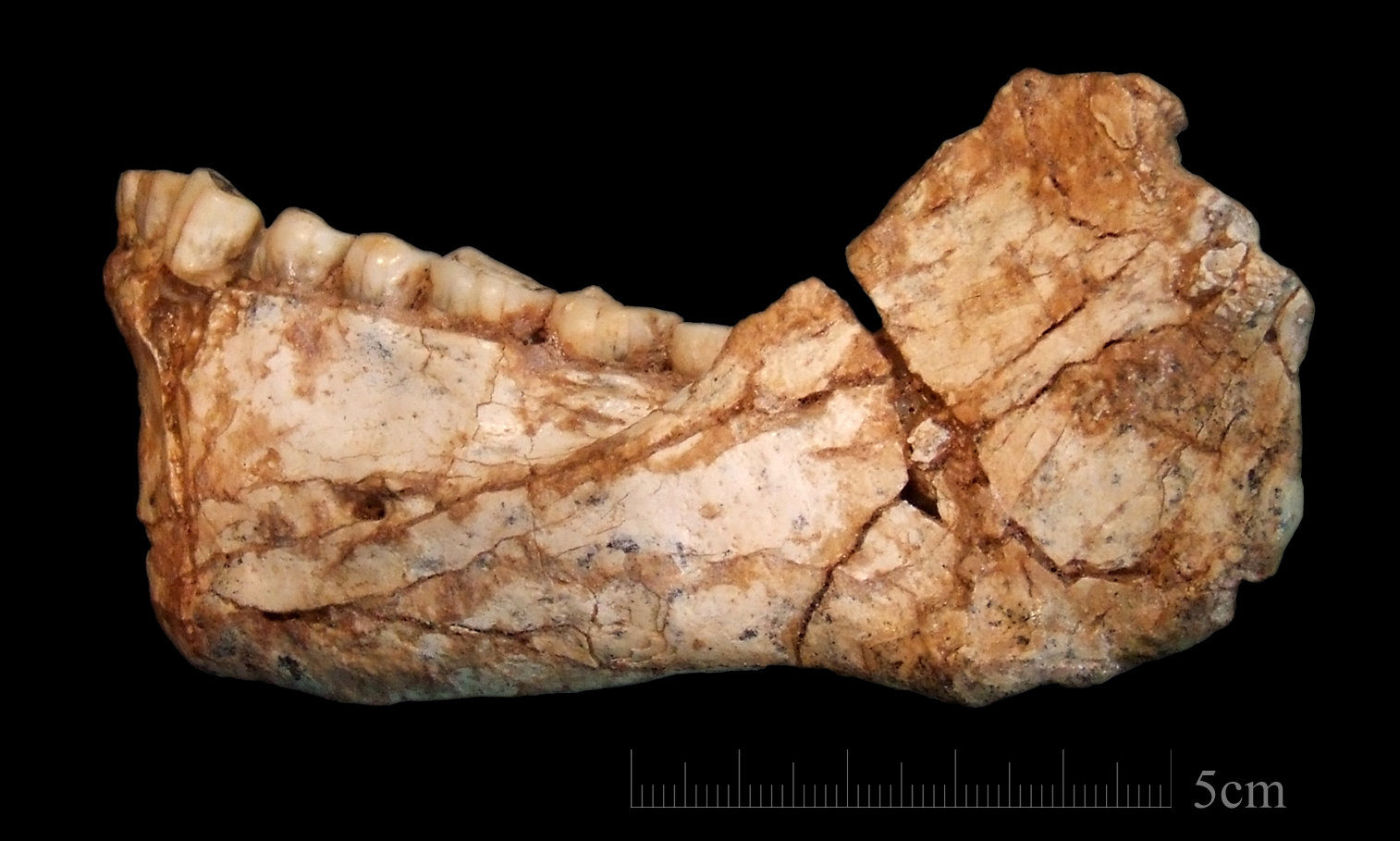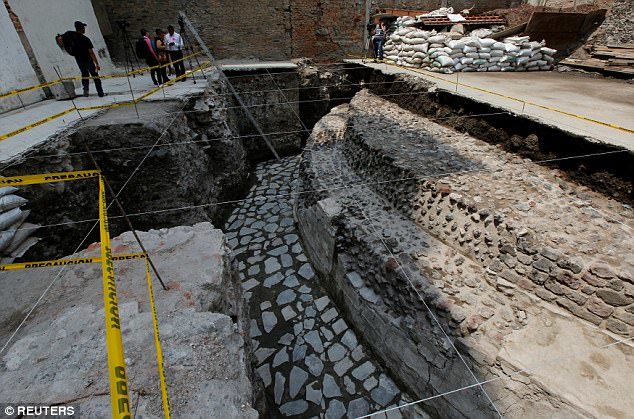
© Jean-Jacques Hublin/Max Planck Institute for Evolutionary Anthropology An almost complete adult mandible discovered at the Jebel Irhoud site in Morocco.
Fossils discovered in Morocco are
the oldest known remains of Homo sapiens, scientists reported on Wednesday.
Dating back roughly 300,000 years, the bones indicate that mankind evolved earlier than had been known, experts say, and open a new window on our origins.The fossils also show that early Homo sapiens had faces much like our own, although their brains differed in fundamental ways.
Until now, the oldest fossils of our species, found in Ethiopia, dated back just 195,000 years. The new fossils suggest our species evolved across Africa.
"We did not evolve from a single cradle of mankind somewhere in East Africa," said Phillipp Gunz, a paleoanthropologist at the Max Planck Institute for Evolutionary Anthropology in Liepzig, Germany, and a co-author of two new studies on the fossils, published in the journal
Nature.
Today, the closest living relatives to
Homo sapiens are chimpanzees and bonobos, with whom we share a common ancestor that lived over six million years ago.




Comment: See also: New study: Threat of asteroid collision on Earth higher than previously thought